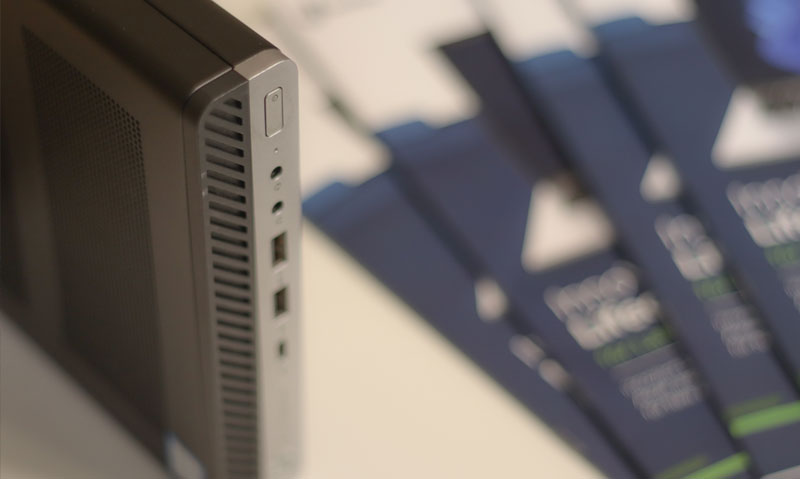Guide How to look after a mobile phone

When it comes to broken phones…we’ve seen it all: cracked screen, fully-smashed bodies, bent edges, swollen batteries, faulty speakers, the list goes on and on. And even though the most basic and effective recommendation on how to look after a phone is just: “be careful with it”, that doesn't seem to be very realistic.
That’s why we want to share our…
Top 5 tips on how to look after a mobile phone:
- 1. Get a phone case
This simple accessory is probably the easiest and most important thing you can do to protect your phone from physical damage. Even the cheapest option can offer an extra layer of protection that might help your phone survive drops. The best option you could get, in our opinion, is a phone case that combines a rigid structure with a silicone wrap.
- 2. Get a Good Screen Protector
The silliest and most unexpected knock can really shatter a screen. Using a good quality screen protector will help protect your screen from simple scratches caused by daily use and major cracks caused by bigger impacts.

- 3. Don’t use your phone while you are charging it
Yes, we know…we all do it. However, the combination of heat generated from charging the battery and using the phone can damage the lifespan of the battery by overheating the device. Which takes us to the next tip:
- 4. Avoid extreme temperatures
Extreme heat can be hard on phones. So try to keep it away from the hot sun in the summer, or hot surfaces. Turn it off and give it a break if you can feel the phone has gone hot
- 5. Keep it clean
You can use a dry tissue paper or alcohol wipes to clean the phone’s exterior surfaces. Don’t use water, baby wipes or other cleaners as they may add moisture to your phone.

Why is it important to look after a mobile phone?
You should look after your corporate technology for a variety of reasons: it makes your job easier, it saves money, and it's sustainable. An efficient-working phone allows you to do your job in a more easier and productive manner. It becomes an obnoxious task to try to do your job on a device that is not working properly. It also saves money, since well-maintained devices last longer and don't need to be replaced as often.
This brings us to the most important reason previously mentioned: it's more environmentally friendly.
Smartphones have an average usage lifespan of 2.5 years to 15 months. However, on average, they are built to last between 4 and 8 years. We are wasting a lot of resources by not taking care of technology properly: glass, plastics, lithium, copper, cobalt, gold and silver are just a few examples.
How to extend the life of technology assets?
At InnoVent, we believe the useful life of technology assets can be extended to last as long as they were intended to. That’s why our Shared Ownership Model contributes to reducing e-waste, sourcing new raw materials, and reducing CO2 emissions.
Devices at InnoVent begin their journey with a First Corporate User who will pay for a fraction of the device's total cost to use it for a period of time. Once that time period has passed, the device will be returned to us and refurbished to an "as good as new" state, both functionally and aesthetically, and ready for a Second user who can benefit from great technology at an affordable price.
In order to make Second Life possible in the future, or even a Third Life, it is crucial to take care of a device in its first years, that’s why we wanted to share our five favorite and most effective tips on how to look after a mobile phone.
Share the link with your employees!
You can learn more about our 2nd Life IT proposition here.
Related Blogs

How to look after screens: phones, laptops, monitors and more
Few simple tips can make a huge difference. Learn how to take care of your device's screens.

How the cost of living crisis could bring Desktops PC back to life
For many years the industry has been foreseeing the end of the Desktop Computer...but the current cost of living crisis might change that.

Pros and Cons of thin and lightweight laptops
Lightweight laptops tend to be a popular device....unless you work in an IT department. Learn about the cons and pros about thin and lightweight machines in this blog
